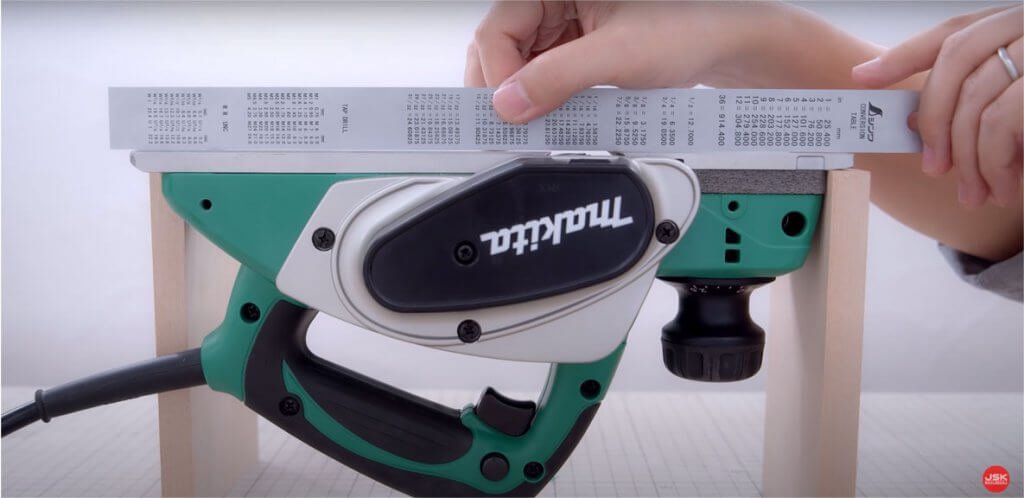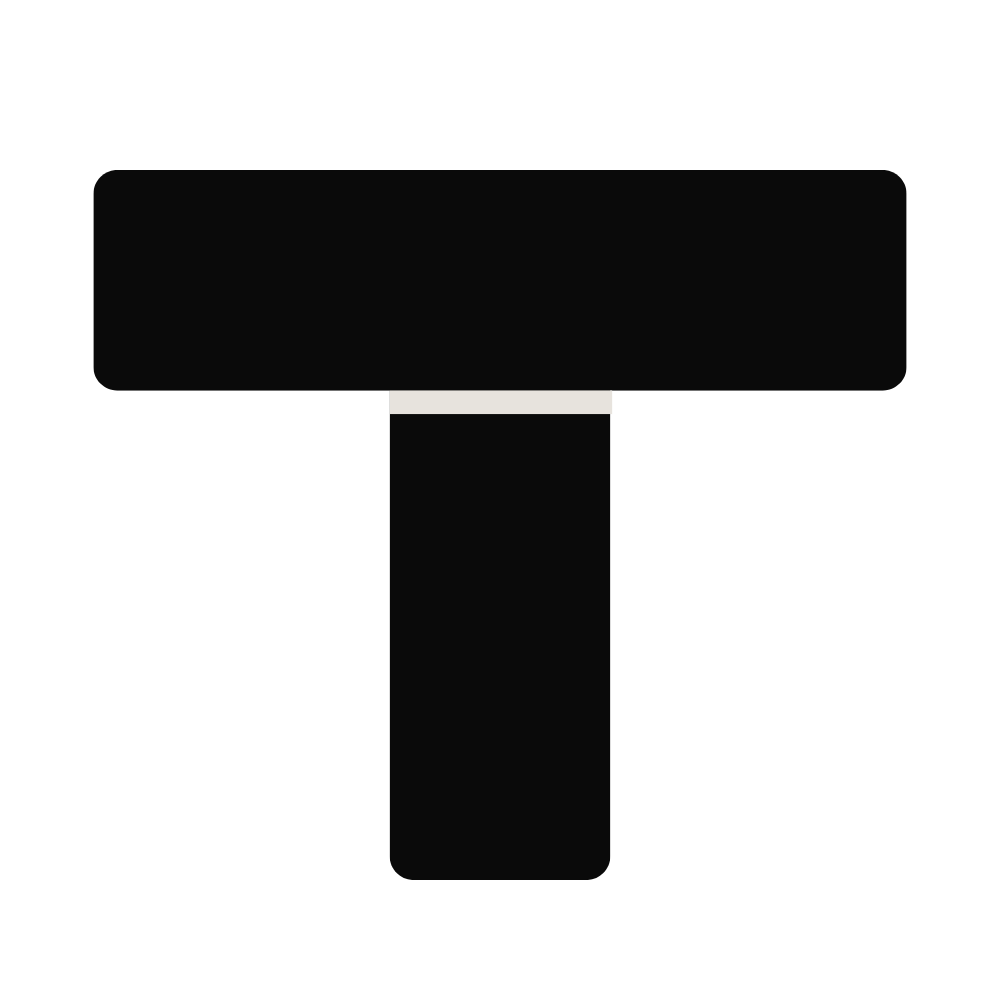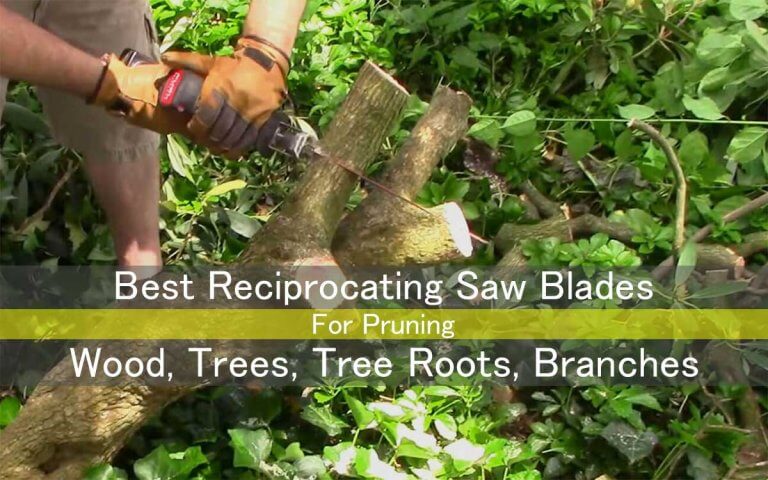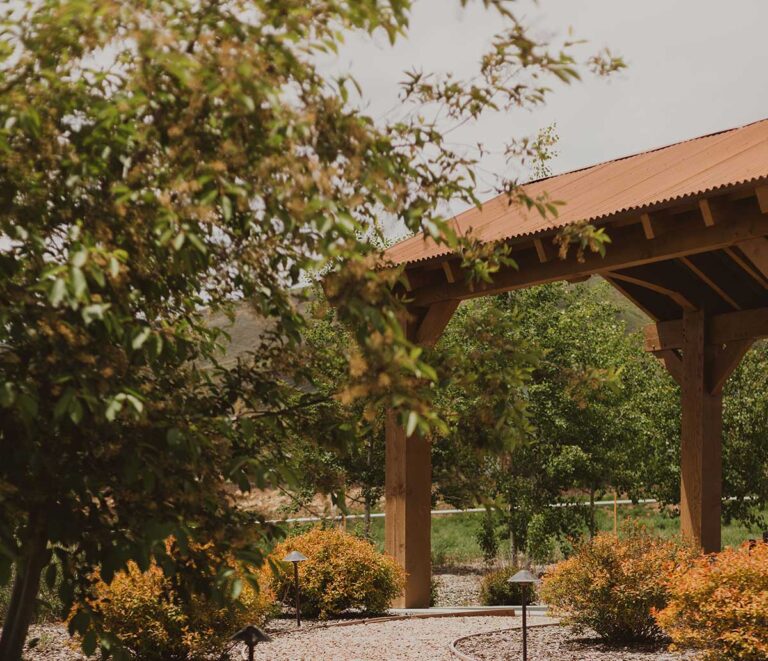Jointer vs Planer vs Thicknesser
As an Amazon Associate I earn from qualifying purchases.
Each of these “Jointer, Planer, and Thicknesser” machines is different but the common fact is we need these tools to process woods. Their machine structure, blade positioning, and cutting or slicing techniques are almost different; that’s why one does specifically flatter, one does shave, and the other does trim to the wood.
But using them one after the other will be very helpful for your woodwork. Although I’m making these 3 comparisons in this article, so my job is to make it easier for you to understand by highlighting all aspects of them as to which one you should choose first or which one will be good for your particular job.
So, let’s get to know all the pros and cons of Jointer vs planer vs thicknesser to get the best comparison to make you understand easily.
Contents
Comparison Table – Jointer vs Planer vs Thicknesser
| Features | Jointer | Planer | Thicknesser |
| Power | Electric | Electric/Manual | Electric |
| Portability | Hard | Hard/ Easy | Hard |
| Adjustment | Little hard | Easy | Easy |
| Cost | Costly | Affordable | Affordable |
| Startup | Easy | Medium | Easy |
| Noise | Less | More | More |
| Maintenance | Medium | High | High |
| Safety | High | High | High |
| Workspace | Low | A lot | Medium |
| Accuracy | Medium | High | Medium |
Advantages & Disadvantages Between Jointer, Planer, and Thicknesser
Jointer
A jointer’s main job is to make the wood perfectly flat; it also narrows the edges and assembles them for use as a butt joint. There is a long flatbed and also has a fence.
The operator must be involved with this planer because when the machine is running with one hand, you have to hold it in one position and not rock it rather roll it through the machine; thus, the surface will be perfectly flat by a jointer.
Planer
Planers were firstly made from wood stuck underneath a razor-sharp blade that cuts the surface and edges. Nowadays, the planer is now converted into an electric planer for better and easy working for rapid development in technology.
It is used for smoothing, breaking sharp edges, reducing the wood’s size, and leveling.
Thicknesser
The name thicknesser comes from its main work is to give your wood a consistent thickness. The pressure roller that at the same time roller press the board and also rolls it throughout the machine.
A crank is located on the top of the thicknesser that is raised or lowered to get how much you want to remove. It is fully automatic. Very easy and comfortable to use.
Comparison Features
Material:
Both these 3 machines manufacture with quality materials such as iron, aluminum, and plastic as they are used for heavy-duty woodworking. Also, the material or machine quality depends on the price.
Design:
All of these machines are designed for their working techniques and user comfort. But the planer and thicknesser look more compact and well designed as they came on a box side machine.
Adjustment:
All these machines can be adjustable. In a joint planer, you can adjust the infeed table and angle, it helps to up and down the blade height. In a planer and thicknesser, you can adjust the blade height by the roller.
Control:
As all of these are machinery, so the control depends on the machine and provided functions. The thicknesser and the planer have the best control undoubtedly because the rollers automatically pull the boards and slice the board according to your measurements.
In a thicknesser, there will be no shaking because of the pressure rollers. Just adjust the cutting measurement and roll the board in the planer machine, and you will find a consistent thickness.
Operation:
With a planer, you feed the board with the cutter head with one hand and, using the handle, employ pressure. A planer uses rollers to press the board and apply more pressure where the board needs to get a perfect surface. Use front end and downward pressure.
A jointer you use holds the reel until the pressure rollers grab the board and roll through the machine. After adjusting the planer with the board, use the knob on the side of the machine to get the depth of your cutting. The choosing of depth will help the blades on the bottom of the machine to cut off the wood.
In a thicknesser, the board will go through an infeed roller in the middle; there will be a cutter head that will cut off the wood and apply pressure from the base, and just underneath, two-bed rollers will flatten it into a well-finished surface for your work, and the outfeed roller will push it front.
Function:
A jointer is the best tool to make the board perfectly flat square. It can remove warps, twists, cups, and curves from the board.
A planer cannot make a board flat and square but can make the edges related. A planer is ideal for thickening boards.
Thicknesser is very much different from Jointer and planer because its cutter head is set into the bottom side. It trims boards to a stable thickness throughout its area and is flat on both surfaces.
So, the Jointer is the best tool for flattening the face of a board compared to another. Other hands, the planer, and thicknesser are best for trimming and thicknessing a surface.
Blades:

A jointer uses Demeter cutting blades. The blades are placed in the cutting head on the top.
A planer uses a spinning blade. The blades are placed underneath the planer to shave the external wood from the surface.
A thicknesser uses two or more longitudinal cutting blades to rip off the wood and thicken the surface.
Bevel edges:
In this section, a planer is the best tool. If you want both faces and edges of your reel similar to one another with the right thickness, then a planer is the best solution for you. A planer is more adaptable than a jointer. It can also do several tasks.
Cutting depth:
A jointer cutting depth should be no more than 1/8 inch per pass. Use the bumpy edges face down to get a smooth finish.
The depth adjustment knob changes the front section of the base plate, effectively setting the depth of cutting. For a normal design planer, it’s also the same as a jointer, not more than 1/8 inch depth. But the larger and more professional planers are able to cut 3/16 of an inch.
The maximum cutting depth of a thicknesser is 3/32 inches. It is built for high-quality performance.
Mess:
A Planer and thicknesser is the most mess tool because the planer and the thicknesser machine move forward and slice the board, leaving the sliced boards alone.
Jointer mess slides along slicing the mess doesn’t make any difference at all.
Price:
The Jointer has many varieties in the market; according to Amazon, the best Jointer is JET JJP-8BT Jointer, whose price does not exceed 650$. Also, for other good-quality jointers, you will get around $500- $700.
The planer also carries many price varieties; there are differences in the wooden body, electric hand planer, and planer. Hand planer will cost around $21- $50. An electric hand planer will cost around $150.
A large planer like a quality bench planer will cost around $300- $500.
Thicknesser(TP001-10) is the most used and popular thicknesser planer in the market; the price tag for this tool is 140-154$. Also, other quality thicknesser planers will cost within $300.
Notes while working on these machines
Noise and vibration:
Both the Jointer, planer, and thicknesser sound louder when the blades hit the table as it rotates.
When the blades are spinning at high speed, cutting the wood makes unhealthy noise, and the rotating helicopter blades
create vibrations.
So, while doing any type of woodwork, make sure that you have to wear protective headphones.
Safety:
Both of the 3 machines have safety issues because both have blades and electric motorized machines. So, Never wear a tie, watch, or gloves when operating. Place on a plane at a time. Never run materials that have nails, screws, or other metallic items.
Always use a push stick when jointing stock. Wear industrial eye and ear protection. Always stand on the left and a distance from the power source. Always turn off the power and stop for a while to see the jointer stop running.
Check materials like defects, splits, dead knots, or nails and do not be over the maximum 2mm depth of cut. Make sure all the locks are solidly secured. Feed only one piece at a time.
Mess cleaning:
as both these 3 machines create a huge amount of chips. To not mess all around, you can use an external dust extractor. By attaching to the extraction port, it will collect all the mess.
What should I choose between Jointer vs planer vs thicknesser?
All of the tools are electrically powered. If your job is to carry frequently, then Jointer and thicknesser are the best; on the other hand, a planer is also good, but it is hard to carry frequently.
Planer adjustment is a little harder than Jointer and thicknesser. But if you are looking for the best quality of woodworking, then a planer is the best choice.
The Jointer has less noise than the planer and the thicknesser, but using headphones won’t be a problem. Maintenance is the most important thing in a planer because it is very high; you can get proper woodworking without proper maintenance. You will also need good experience to handle it.
Safety is very good in all of them. Takes a good amount of place with the planer tool. But all those necessary elements are a solution that a quality planer may cost a little and has a little bit of maintenance, but it is worth the money.
Note:
In the market there, you get a specific Jointer, planer, and thicknesser, but also you will get a combined machines thickness planer, jointer planer combo, and planer thicknesser. These combine functions in two works in one.
The difference or confusion is mainly seen in the UK and US. So, don’t get confused seeing the combined machine. Just take a look at your working needs and functions of the combined machine to get yourself one.
Frequently Asked Questions
Q. Is a thicknesser worth the money?
Yes! It is absolutely worth your money; once you get it, you will never regret it for the rest of your life because you will have control of your stock thickness like never before.
You will find a quality planer on Amazon or eBay for around $200- $400. Also, according to the report, the thicknesser is the best-selling planer of 2021.
Q. What should I look for when buying a planner?
You should make sure what purpose you will use your planer because there are different types of planer machines on the market and different uses. First, choose whether you need a manual planer or electric planer.
Second, see the efficiency and convenience. Third, look at the flexibility and functions. Lastly, look at the cost. If you look at these four points, then you may choose your ideal planer.
Is there any difference between a jointer and a planer?
There are huge differences between a jointer and a planer. Mainly a jointer is used for perfect edging and flattening wood; on the other hand, a planer maintains a certain amount of thickness on the surface.
A jointer cuts wood from underneath, whereas a planer cuts wood from above. Also, while using a block of wood on the planer, the wood or the board should be flat, and you won’t get a better result.
[Note: you can flat a board using a hand planer. After flitting one side, you can use it on the electric planer. Doing that, you won’t need a jointer.]
Conclusion
Those players are mainly used for sharpening, slicing, and trimming, but they are different in working principles. The Jointer and thicknesser are affordable and low cost.
But the planer is high at a cost, but worth the money and very valuable for woodworking and also gives you accurate work. You can choose any of them for your specific working purpose, but I recommend you choose a planner if you’re going for it professionally. Thank you.






